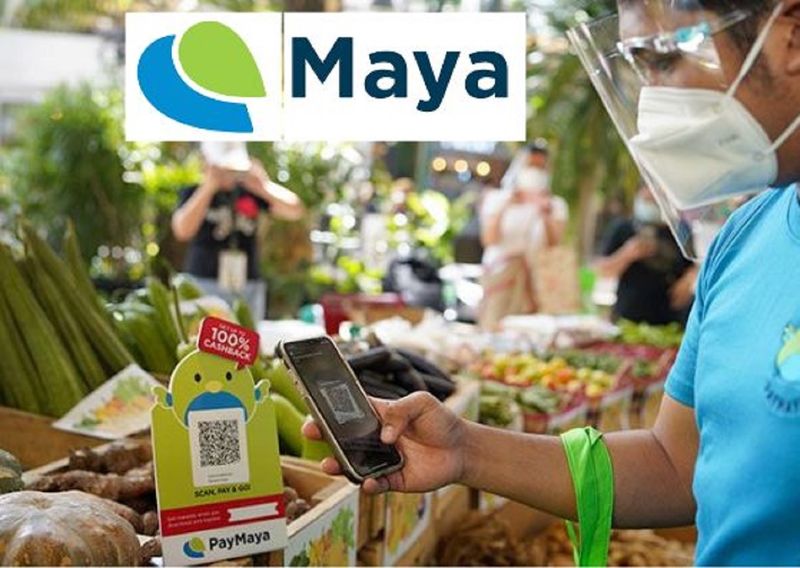Manila: Credit card spending in the Philippines has witnessed a remarkable 39 per cent jump during the first half of 2023, hitting Php853 billion ($15.02 billion). The Credit Card Association of the Philippines (CCAP) revealed this substantial growth in their latest report.
During the CCAP's 42nd Anniversary Forum, Magdalena Surtida, the Chairperson of CCAP, shared this impressive update.
According to industry data as of the end of June, the credit card service providers have amassed Php619 billion in credit card receivables, marking a significant 29 per cent increase when compared to the previous year.
Notably, the number of cards in circulation also saw a boost of 14 per cent, reaching 12.2 million cardholders, from 10.49 million in 2022. It stood at 8.1 per cent in 2021, based on World Bank data.
Consumer spending
Surtida attributed this surge to the ongoing trend of increased consumer spending, specially on travel and dining. As lockdown restrictions eased, people eagerly reconnected with family and friends, resulting in heightened expenditures in these areas.
Furthermore, Surtida reiterated CCAP's commitment to educating cardholders about responsible credit management to safeguard them against unauthorised transactions and potential scams.
She also cited the implementation of cutting-edge technologies, such as artificial intelligence, to enhance fraud detection.
Mobile apps, tokenisation
Surtida pointed out the growing trend of credit card transactions and managing credit card accounts through mobile apps, promoting self-service and giving cardholders greater control over their accounts.
12.2 m
number of people in the Philippines who have credit cards as of June 2023Additionally, the group anticipates a rise in "tokenisation," a security method that converts sensitive data into tokens, serving a dual purpose of deterring fraud and facilitating smoother credit card payments with merchants.
In a related development, the Bangko Sentral ng Pilipinas (BSP) reported during the forum that Filipinos are increasingly embracing cashless payments.
Chuchi Fonacier, the Deputy Governor for the Financial Supervision Sector at BSP, stated that the country is on the verge of achieving its targets set out in the BSP's Digital Payments Transformation Roadmap.

As of 2022, 42 per cent of retail payments have already transitioned to 21.2, positioning the Philippines well to reach the 50 per cent target by the end of 2023.
Low credit card usage in the Philippines
Despite being the second most-populous country in Southeast Asia and boasting the region's fastest GDP growth, the Philippines exhibits a relatively low credit card penetration rate.
Credit cards find acceptance primarily in upscale establishments like high-end hotels, premium retail stores, and fine dining restaurants. They are also commonly used for significant purchases.
• The government also used digital accounts to distribute cash assistance during the pandemic.
• Mobile wallet ownership surged from 8 per cent in 2019 to 36 percent in 2021.
• The overall number of Filipinos with transaction accounts grew from 29 per cent in 2019 to 56 per cent in 2021.
• This is equivalent to 22 million Filipinos who became financially included in the span of two years
(Source: BSP)
Digital payments
The Philippines has leap-frogged the digital cash economy: Gcash, Maya, Grabpay, Coins, PayPal, DragonPay are more widely used, including in sundry (sari-sari) and retail shops, wet market stalls and pharmacies in the country.
Notably, electronic cash transactions have surged more than 5,000 per cent in the Asian country during the pandemic months, according to the BSP, the country's central bank.
Cash advances on your credit card, a feature offered by most ATMs, typically come with transaction fees. Before using a credit card in the Philippines, it is advisable to verify its compatibility and any associated costs with your card issuer.
To push its financial inclusion agenda, the BSP has called upon banks to consider the removal of fees for small bank-to-bank transactions.
The central bank's Governor, Eli Remolona, pointed out that three top banks have already taken the step of waiving transfer fees for transactions below Php1,000 ($17.60). Governor Remolona emphasised that it's important for other banks to follow suit to facilitate broader access to financial services.
Protecting against credit card fraud
The Philippine National Police (PNP) has shared important advice regarding credit card fraud to help keep you safeguarded from potential scams and fraudulent activities. Here's what you need to know:
Beware of public networks:
Scammers often target individuals in the Philippines through public networks, like those found in hotels or restaurants. When connecting your phone or laptop to such networks, be cautious about entering personal information. Understanding how credit cards work is your first line of defense against fraud, allowing you to safely enjoy the convenience of electronic payments.
Stealing information:
In many cases, scammers don't steal credit card information directly from their victims. Instead, they obtain it through hacking, skimming, tricking their targets, or installing malware or viruses on electronic devices. When thieves access this information, they can use it for online purchases, create cloned credit cards, or even sell it.
Security measures:
Using a credit card anywhere can expose your information to risk, but there are several ways to protect it. Always use strong passwords, exercise caution when choosing where to use your credit card, rely on secure websites, and avoid saving credit card details in your web browser.
Limit personal information sharing:
Credit card holders should be extra cautious when sharing personal information to prevent attackers from compromising their accounts.
Tips and Guidelines
Following are some key PNP recommendations to help you avoid falling victim to credit card fraud:
- Contact your credit card company immediately if you suspect any fraudulent activity.
- Treat your credit cards and personal information like cash – handle them with care.
- Lock down your PIN and passwords, never write them down.
- Refrain from providing personal and financial information via email.
- Be cautious when receiving phishing emails and avoid engaging with them.
- Open your credit card bills promptly and review your transactions.
- Exercise caution when doing business with unfamiliar online vendors.








